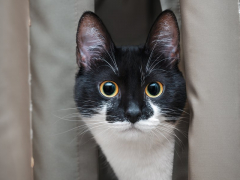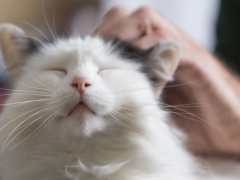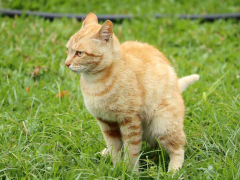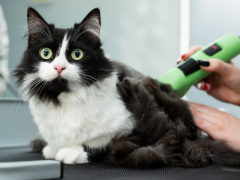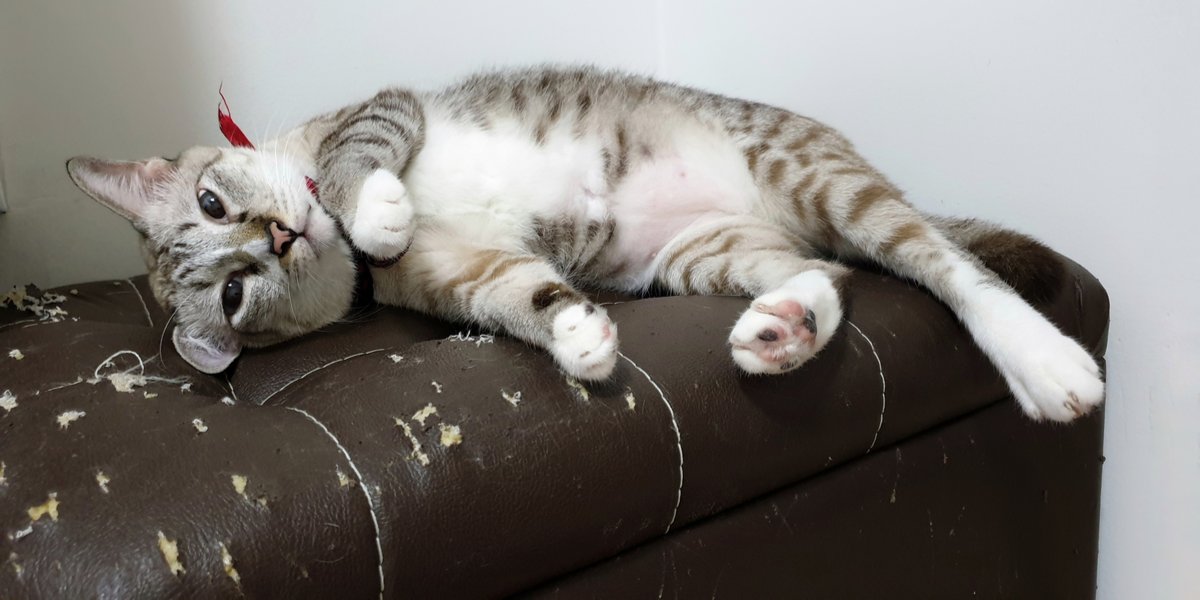
In cats, scratching is as natural and normal as sleeping, but without the right training, it can also destroy couches, chairs, and more. Fortunately, you can redirect this behavior and save both the sofa and your bond with your cat. In this article, you’ll learn how to stop your cat scratching furniture in a healthy, safe way.
Expecting our cat to stop scratching on their own is like asking them to stop breathing. The solution is not to ask them to stop scratching but to redirect the behaviour onto appropriate substrates or scratching surfaces.
Scratching at inappropriate objects or exteriors is highly annoying for cat parents. Before confronting how to stop your cat from scratching unwanted places, let’s figure out why your cat needs to scratch our furniture instead of their own.
Why Do Cats Scratch?
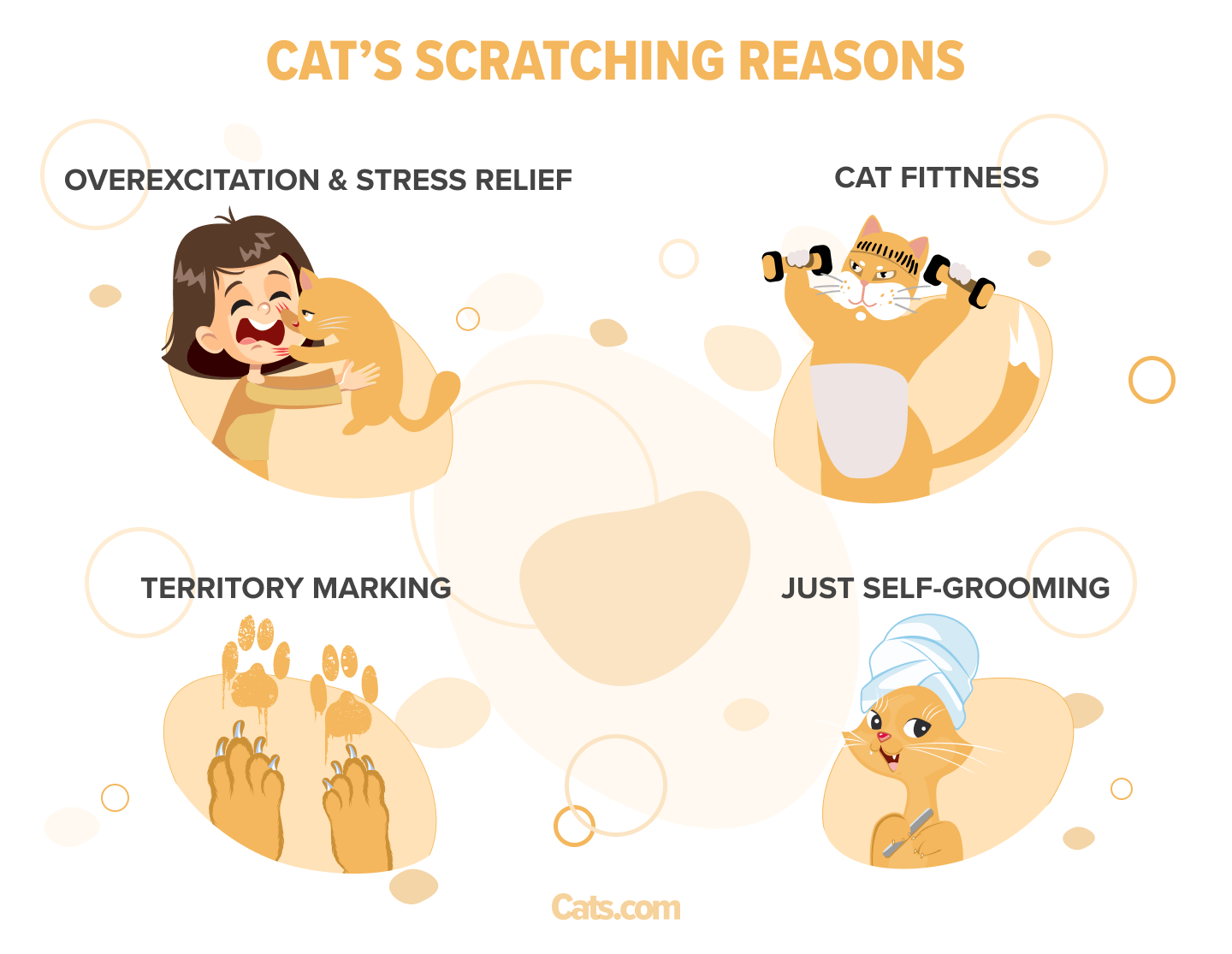
Cats scratch for many reasons, including:
- Excitement expression when we return after being absent all day, during playtime (a form of arousal), or as stress relief.
- Scratching flexes many of the cat’s tendons and muscles and serves as a form of exercise. Some cats also scratch after walking or as part of a stretching sequence.
- Territory marking by leaving behind visual marks through repeated scratching and by depositing chemical scent through the pads of the feet. The significance of these marks is not clear. It most likely acts as reassurance once our cat returns to investigate the spot.
- Scratching also encourages the removal of a cat’s dead nail outer cover.
Why Do Cats Scratch Furniture?
From the cat’s point of view, the couch, desk, chair, and even the wall are brilliant scratching surfaces since they are sturdy, tall, and have the right material for nail-digging.
Couches are generally in areas of social importance, which enhances their value as communication spots, serving a purpose like a message board.
Cats are likely to scratch furniture when they do not have adequate scratching options, surfaces, and substrates that do not meet their individual needs. By observing closely our kittens and cats we can determine if they find the scratching post or surface enticing enough to latch onto or if we should offer a different substrate or post type.
How To Stop Your Cat Scratching Furniture?
Learn how to stop your cat scratching furniture without ruining your relationship by following these 5 easy steps:
1. Provide Appropriate Scratching Surfaces
Cats are instinctive climbers and prefer vertical scratching posts, although some prefer horizontal ones. Vertical posts must be sturdy, tall enough for your cat to have a good stretch, and not wobbly.
A recent study found that most cats prefer rope or sisal covered posts instead of the carpeted type offered by owners, while others prefer wood, cardboard, and rough fabric.
Scratching posts must be plentiful in multi-cat households to avoid competition.
They should be placed next to your cat’s favourite spots, such as windows, the couch, entry doors, and sleeping areas since cats like to stretch after a nap.
If your home has space restrictions, consider leg wraps that protect the furniture while accommodating the cat’s needs with sisal mat wraps or do it yourself by wrapping targeted legs in a range of materials including sisal, fabric, and cotton rope.
Brushes that are wall-mounted for facial marking, food dispensers that dispense food when cats claw them, and doormats can also be used to help re-direct cats to appropriate places for marking.
Tree branches and logs are also excellent substrates for cats and can be fitted on a balcony.
Cats with orthopaedic problems can be encouraged to use one level vertical posts or horizontal scratchers as steps to jump onto higher surfaces. Discontinued carpet samples with an anti-slip rug pad (obtained from flooring stores) can provide variety of texture and non-slip scratching options for senior cats.
2. Train With Toys and Food Rewards
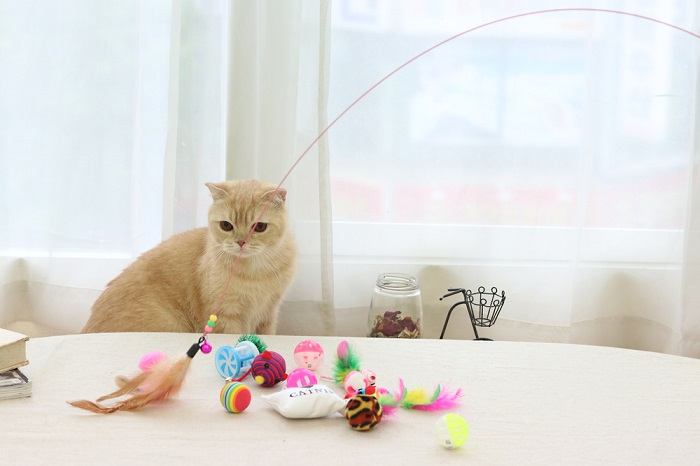
Tease the cat with a toy in front of the post so that when the cat takes a swipe, its claws connect with the pole. Alternatively, attach a toy (i.e. feathers, mouse) with a rope to the scratching post and encourage the cat to catch the toy.
You can also lay the scratching post on its side and rub some dried catnip leaves or powder. Catnip does not reliably attract cats to a post, so it is worth trying different substitutes, such as engaging your cat in interactive play right near a corrugated cardboard scratching pad.
Food-driven cats can be enticed with delights. Initially, reward them for sniffing and investigating the post. As they become more familiar, give a treat when they place their paws on it, working up to when they scratch it. Putting treats on top of the post will encourage climbing and delicacy retrieval.
Avoid holding your cat’s paws and rubbing them against the post, it can make them fearful and dislike the post especially if they find this type of handling scary or aversive.
Lastly, imitate the cat by scratching the post on a daily basis.
3. Apply Deterrents
Make the relevant object or surface unattractive or uncomfortable to the cat. Strong scents like citrus can be repellant to cats, so try rubbing orange or lemon peel on the furniture. You can also try spritzing it with lemon-scented sprays. Just make sure to choose a pet-safe product and know that you may have to spray often to achieve the desired effect.
Sticky tape like KatSupreme Double-Sided Deterrent Tape is sticky on both sides. You stick one side to the surface in question and peel off top sheet to turn it into a furniture protector. When your cat touches the sticky surface, he won’t like the feeling on his paws, and he’ll move elsewhere. As the tape becomes covered in fur, you’ll need to replace it to ensure efficacy.
Be mindful as well that some cats (particularly long-haired cats) may get stuck to the tape, making unpleasant hair trimming necessary.
If sticky tape isn’t enough, you can wrap the furniture in a tight-fitting sheet or even a plastic curtain. Once you’ve trained your cat to redirect his behavior to a scratching post, you can remove the deterrent.
4. Trim Your Cat’s Nails Regularly
Cats’ claws are like human fingernails and will become sharp and overgrown. Typically, cats scratch to remove old, outer layers of nails and replace them with new nail growth.
Fortnightly or monthly nail trimming will ensure your indoor cat’s nails are not thick and remain short. Outdoor cats do not require clipping since they need their claws for protection and climbing. Geriatric or arthritic cats’ nails typically require bi-monthly cutting because they are untidy and brittle due to lack of exercise and old age.
Also Read: 8 Best Cat Nail Clippers
Do not force your cat. Instead, train your cat to accept nail clipping at home! If your cat does not enjoy having its nails clipped, hire a professional cat groomer, or take them to the vet.
5. Use Cat Surface Attractant
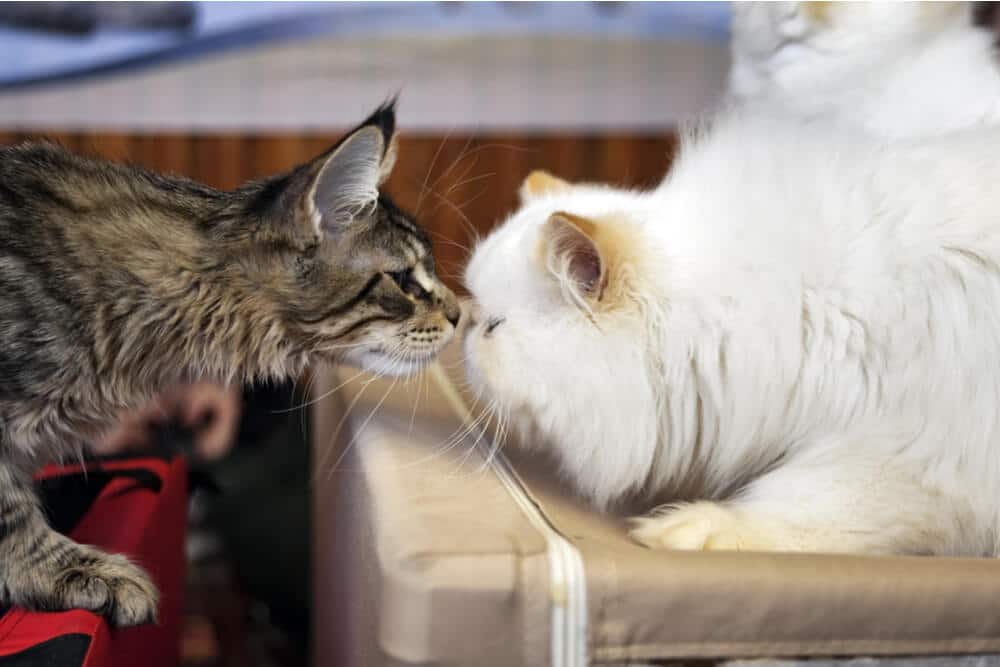
Cats use their senses of smell to familiarize themselves with new things, including other cats.
Utilise Feliscratch by Feliway to attract your cat to an appropriate surface. Feliscratch is a pheromone that has been clinically proven to decrease or stop unwanted scratching in the home, both on vertical and horizontal surfaces. Several studies have shown that when Feliscratch is applied to a post, the cat will gravitate to that post to scratch.
Scratching is so instinctive that even cats who have endured declawing still attempt to do it.
Do not shout or punish your cat when they scrape at the wrong spot as it may cause anxiety, potentially leading to other problems.
Be patient, try several techniques and substrates for at least a few weeks and reward him or her with play, treat, or pets when he or she scratches at proper surfaces.
By considering our cat’s pattern of behaviour and communication needs, we can provide better scratching solutions that meet our individual cat and improve our human-animal bond.
Also Read: The 10 Best Cat Slow Feeders & Puzzle Feeders
